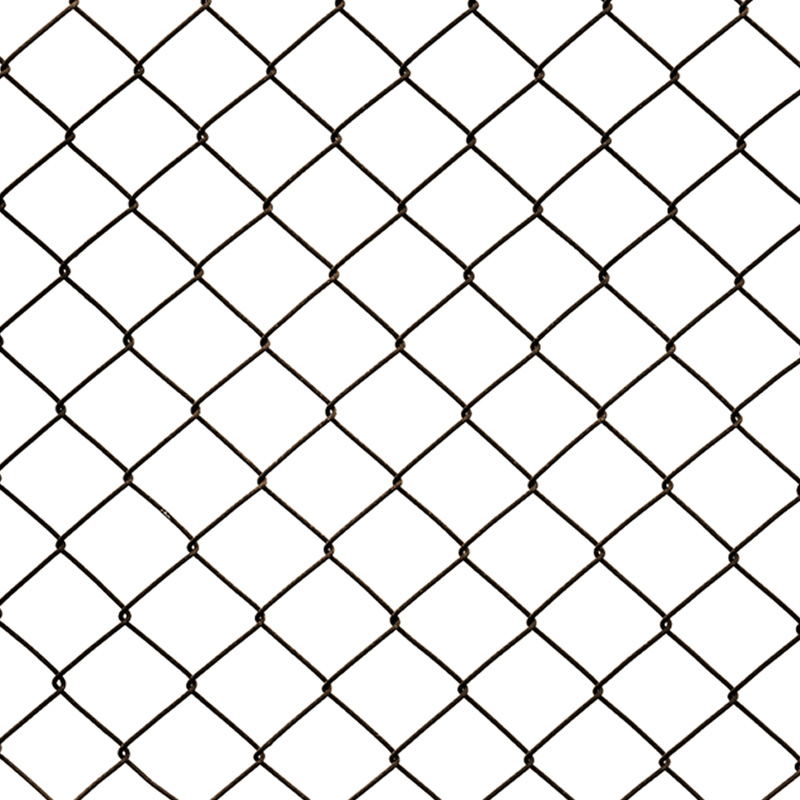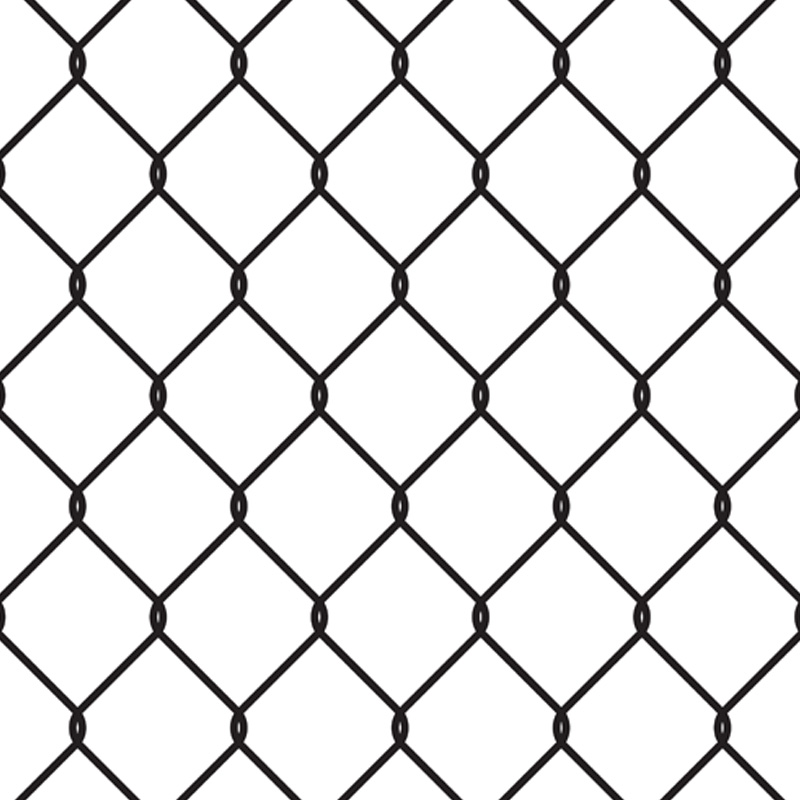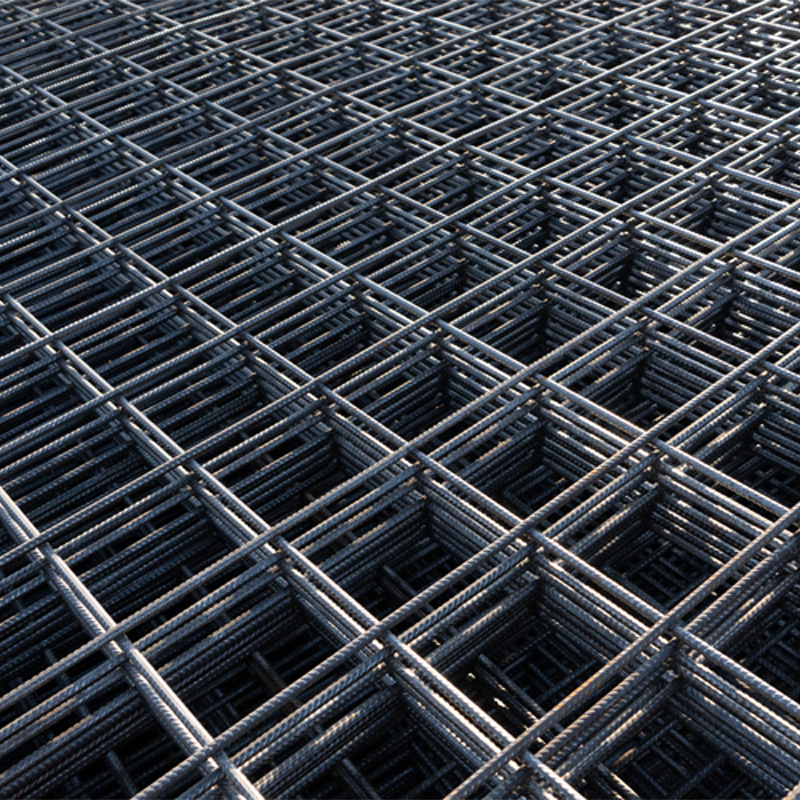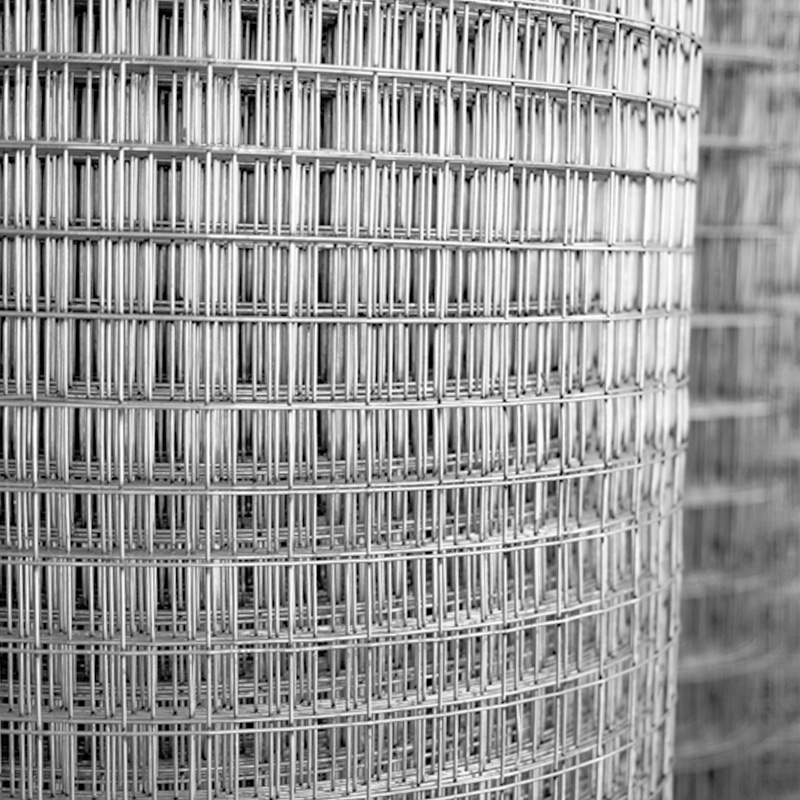Wire mesh fences are an ideal option for enhancing security, defining boundaries, and providing an aesthetic appearance. Made from durable materials, wire mesh fences are notable for their easy installation and long-lasting use. Preferred in many different areas such as gardens, farms, construction sites, or parks, this product can be used for both protective and decorative purposes.
Fence meshes are woven products typically made from materials like plastic, metal, or bamboo, used to define boundaries and ensure security. These meshes are preferred in various areas, especially in gardens, farms, construction sites, and parks. Thanks to their durable structure, they are resistant to external factors and can be easily installed. Fence meshes can be used for both security and aesthetic purposes, adding a natural appearance to the environment while simultaneously forming an effective barrier.
Fence mesh offers a wide range of applications in various areas. Here are the most common uses:
Gardens: Used to define garden boundaries and provide security.
Farms: Preferred for containing animals or separating different areas.
Construction Sites: Used to enclose construction sites and implement safety measures.
Parks and Green Areas: Can be used to provide an aesthetic appearance and organize areas.
Boundary Demarcation: Used to define property boundaries and provide property protection.
Public Areas: Can be used in various public areas for security and protection purposes.
Fence mesh serves both a functional and decorative role in these areas.
What Materials Are Fence Mats Made Of?
Fence mats are manufactured from various materials depending on their durability and purpose. The most commonly used materials are:
Plastic: Lightweight, flexible, and durable. Resistant to weather conditions and often preferred for gardening and landscaping applications.
Galvanized Steel: Resistant to rust and long-lasting. Used in construction sites or security fences.
Bamboo: A natural and eco-friendly material that offers an aesthetically pleasing appearance. Commonly used in gardens and landscaping areas.
Aluminum: Lightweight, rust-proof, and durable. Suitable for various outdoor applications.
Steel Wire: A strong and durable material often used in animal farms and security fences.
These materials are selected based on the usage area and environmental conditions of the fence mats, each offering different advantages.
What Differentiates Fence Mats from Other Fence Types?
The differences between fence mats and other fence types are as follows:
Material: Fence mats are generally woven or knitted structures made from flexible materials such as plastic, bamboo, or metal. Other fence types are usually made from more rigid and solid materials, like wire or wood.
Flexibility and Easy Installation: Thanks to their flexible structure, fence mats are easy to install and can be easily shaped. Other fence types may require more labor or special equipment for installation.
Aesthetics: Fence mats have a natural appearance and are used for aesthetic purposes in gardens and parks. Other fence types usually offer a more functional and industrial look.
Ease of Transportation and Assembly: Fence mats are lightweight and practical, making transportation and assembly easier compared to other fence types.
Durability: Although fence mats are generally resistant to environmental factors, other fence types, especially those made of metal or concrete, are more long-lasting and durable.
Fence mats are ideal for situations that require fast and practical solutions, offering advantages in both aesthetic and functional aspects.
What Methods Are Used to Increase the Durability of Fence Mats?
The following methods can be used to increase the durability of fence mats:
UV Protection Coating: By adding UV protective coatings to plastic fence mats, their deterioration due to exposure to sunlight can be prevented.
Choosing Thicker Material: Increasing the thickness of the material used in the production of fence mats enhances durability and makes them more resistant to external factors.
Using Stainless Steel Wire: By opting for stainless steel wires in metal fence mats, the longevity of the fence can be ensured.
Protective Paint or Coating: Applying anti-corrosion paint or coating on metal fence mats prevents rust and oxidation.
Regular Maintenance: Regularly checking the mats, repairing any damaged or loose parts is important for prolonged use.
Ground and Installation: Properly placing fence mats on a solid ground ensures better protection against external factors like wind.
With these methods, the lifespan of fence mats can be extended and made more durable.
What Are the Advantages of Using Fence Mats in Gardens?
Using fence mats in gardens offers numerous advantages:
Easy Installation: As fence mats are lightweight and flexible, installation is quick and simple. They often do not require complex tools or extensive labor.
Aesthetic Appearance: Fence mats made from natural materials (bamboo, plastic) provide a natural and stylish look to gardens.
Economical: They are more affordable compared to other fence types, offering a budget-friendly option.
Security: They protect your garden from external factors (animals or unauthorized entry) and also provide a safe area for children.
Flexibility and Durability: Fence mats are resistant to environmental factors and their flexible structure makes them more resistant to wind and weather conditions.
Eco-Friendly: Fence mats made from natural materials like bamboo do not harm the environment and offer a sustainable solution.
Privacy: Fence mats help define borders with neighbors, aiding in maintaining privacy in your garden.
Low Maintenance Requirement: Particularly when made from plastic or bamboo, fence mats require minimal maintenance and are long-lasting.
These advantages make fence mats a popular choice for garden arrangements.
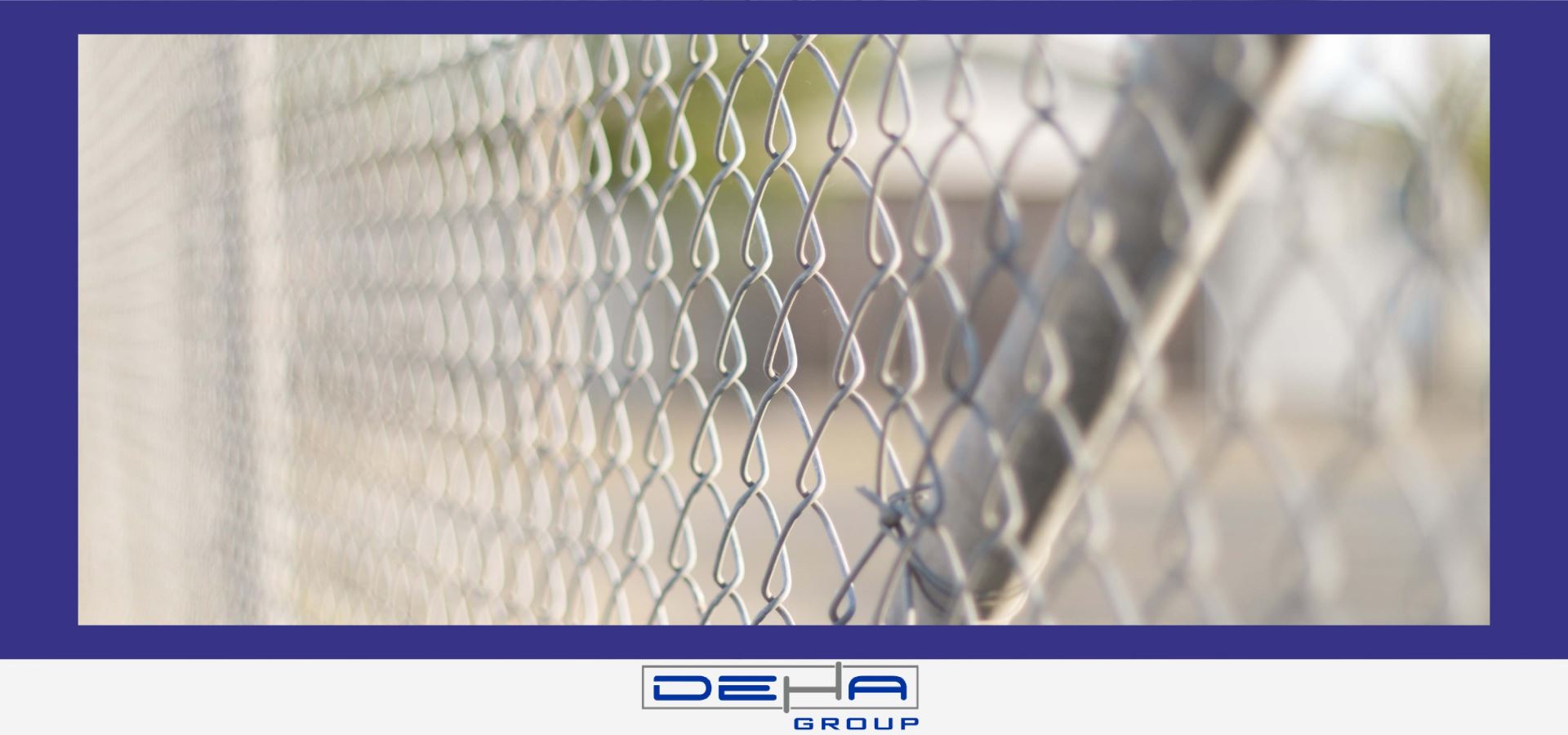
How Is the Production Process of Fence Mats Conducted?
The production process of fence mats generally follows these steps:
Material Selection: The selection of material for producing fence mats is determined based on durability and usage purpose. Materials such as plastic, bamboo, metal, or PVC may be preferred.
Preparation of Raw Materials: Selected materials are sized appropriately. For example, bamboo sticks are cut or plastic wire is prepared at a certain diameter. For metal fence mats, steel wires may need to be prepared.
Weaving or Knitting: Fence mats are usually produced by knitting or weaving. Materials are woven or knit together at the desired density and length, ensuring the flexibility and durability of the fence mat.
Coating or Painting: Metal fence mats may be coated with a protective coating or paint to prevent rust. Plastic fences can be reinforced with UV protective coatings to prevent weakening due to sunlight exposure.
Cutting and Shaping: Once the weaving process is complete, the mats are cut to specific lengths to make them suitable for installation.
Quality Control: Throughout the production process, the durability, flexibility, and structural integrity of the fence mats are checked. Any defects or weak points are addressed.
Packing and Shipment: The final step involves packaging the produced fence mats and preparing them for shipping. Depending on customer requirements, fence mats are prepared in various lengths and widths.
These steps ensure the safe, durable, and aesthetically pleasing production of fence mats.
How Is the Installation of Fence Mats Conducted?
The installation of fence mats is a practical and easy process. The following steps are generally followed during installation:
Preparation:
The area to be installed is measured, and the length of the fence mats is adjusted accordingly.
The ground is leveled to make it suitable for installation. A level and smooth surface ensure the fence stands firm.
Positioning of Posts:
Fence posts are placed at regular intervals (usually 1-2 meters) on the ground.
Metal or wooden posts can be used. It's crucial to secure the posts to the ground, often using concrete pouring or fastening methods.
Placing the Fence Mats:
Fence mats are carefully unrolled and aligned with the posts, starting from one end.
Securing and Fastening:
The fence mat is tightly fastened to the posts using binding wire, plastic ties, or clips.
During fastening, ensure the fence is taut, crucial for both aesthetics and durability.
Cutting and Shaping:
If necessary, any excess parts of the fence mat are cut and shaped to fit the area using scissors or cutting tools.
Checking and Final Touches:
All connections are checked and loose areas tightened.
Ensure the fence appears straight and neat.
Ground Anchoring (Optional):
If the bottom of the fence is loose, ground stakes can be added for a firmer hold.
Once these steps are completed, your fence mat will be securely, durably, and aesthetically installed.
In Which Regions of Turkey Is the Use of Fence Mats Common?
The use of fence mats in Turkey varies based on factors like climate, terrain, and purpose. However, in certain regions, fence mats are more commonly preferred:
Marmara Region:
In the Marmara Region, where dense settlements are found, fence mats are frequently used to define the borders of gardens and private properties. They are especially preferred for landscaping applications around Istanbul and its surroundings.
Aegean Region:
In this region, rich in agricultural areas and summer homes, fence mats are common for protecting the perimeter of vineyards and gardens. Additionally, they are used for aesthetic garden designs.
Mediterranean Region:
Along the Mediterranean coast, dense with tourist facilities, fence mats are chosen to define the borders of hotels, villas, and gardens for both aesthetics and privacy.
Central Anatolia Region:
They are widely used for protecting agricultural fields and confining animals on farms.
Black Sea Region:
In this region, characterized by heavy rainfall, durable fence mats are frequently used in gardens and agricultural fields. They are particularly effective in enclosing tea and hazelnut gardens.
Southeastern and Eastern Anatolia Regions:
Used for defining property boundaries and protecting animals. Metal fence mats of high durability are especially preferred.
Fence mats address different needs, offering protective and aesthetic solutions across Turkey's various regions.
For What Purposes Are Fence Mats Used in Europe?
Fence mats are widely used in Europe for different areas and purposes. Here are the purposes for using fence mats in Europe:
Gardening and Decoration:
In Europe, especially in urban private properties and gardens, fence mats are preferred for providing aesthetic appeal and defining boundaries. Fence mats made from natural materials provide a decorative element that harmonizes with green spaces.
Ensuring Privacy:
You can use thick weave fence mats to ensure privacy between neighboring gardens. This purpose is particularly prominent in apartment gardens and villas.
Parks and Public Spaces:
Fence mats are widely used to secure and organize the perimeter of parks, children's playgrounds, and green areas.
Agricultural and Farm Areas:
In agricultural fields and farms, fence mats are used to confine animals and protect crops. In sustainable farming practices in Europe, fence mats made from bamboo or natural materials are especially preferred.
Construction and Site Areas:
Temporary fence mats are used to secure the perimeter of construction sites and protect the area from external effects.
Sports and Event Areas:
Fence mats are commonly preferred to limit the perimeter of sports fields and create a secure area for spectators.
Wind and Erosion Protection:
Protective fence mats are used in agricultural areas and coastal regions to reduce wind impact or prevent erosion.
Commercial and Industrial Use:
Fence mats are applied in factories, warehouse areas, and commercial businesses for security and boundary determination.
In Europe, fence mats, with their environmentally friendly, aesthetic, and practical features, are widely used in both individual and public areas.
Fence mats are a popular choice in both Turkey and Europe for their versatile use cases and benefits. They provide an ideal solution for those seeking aesthetics, durability, and practicality. With proper production and installation processes, they can be used efficiently for many years.
What Are the Differences Between Fence Mats and Concrete Mats?
Fence mats and concrete mats differ in terms of materials and areas of use. Here are the basic differences between the two:
1. Material and Structure
Fence Mats: Usually made from lightweight and flexible materials like bamboo, plastic, metal (steel or aluminum), or PVC.
They have a flexible and easily shapeable structure.
Concrete Mats: Have a durable structure made from steel bars or meshes used in reinforced concrete constructions.
They have a heavy and rigid structure; they are not flexible.
2. Purpose of Use
Fence Mats: Used in gardens, balconies, field borders, or decorative areas. Preferred for aesthetic appearance and privacy.
Concrete Mats: Used in buildings, ground reinforcement works, and reinforcing reinforced concrete structures.
They are preferred to enhance structural durability.
Fence mats and concrete mats differ in terms of materials and areas of use. Here are the basic differences between the two:
1. Material and Structure
Fence Mats:
- Usually made from lightweight and flexible materials like bamboo, plastic, metal (steel or aluminum), or PVC.
- They have a flexible and easily shapeable structure.
Concrete Mats:
- Have a durable structure made from steel bars or meshes used in reinforced concrete constructions.
- They have a heavy and rigid structure; they are not flexible.
2. Purpose of Use
Fence Mats:
- Used in gardens, balconies, field borders, or decorative areas.
- Preferred for aesthetic appearance and privacy.
Concrete Mats:
- Used in buildings, ground reinforcement works, and reinforcing reinforced concrete structures.
- They are preferred to enhance structural durability.
3. Durability
Fence Mats:
- Resistant to light external factors (UV rays, wind, rain). However, they are not as durable as concrete mats.
- Durability can be increased when plastic or metal materials are chosen.
Concrete Mats:
- Highly resistant to extreme weight, pressure, and environmental effects. They are long-lasting and support structural integrity.
4. Installation and Assembly
Fence Mats:
- Easily and quickly installed. They do not require extra heavy equipment.
- Due to their lightweight structure, they are easy to transport.
Concrete Mats:
- Installed with special equipment due to their weight and placed during concrete pouring.
- Require more labor and time.
5. Aesthetics and Appearance
Fence Mats:
- Offer an aesthetic appearance with different colors, patterns, and weaving options.
- Used as a decorative solution in garden and landscape arrangements.
Concrete Mats:
- Focused more on functionality than aesthetics. Mostly used embedded in concrete and thus not visible.
6. Price
Fence Mats:
- More economical. Typically suitable for low-budget projects.
Concrete Mats:
- More expensive. Being part of reinforced concrete structures can raise the project budget.

 TR
TR

